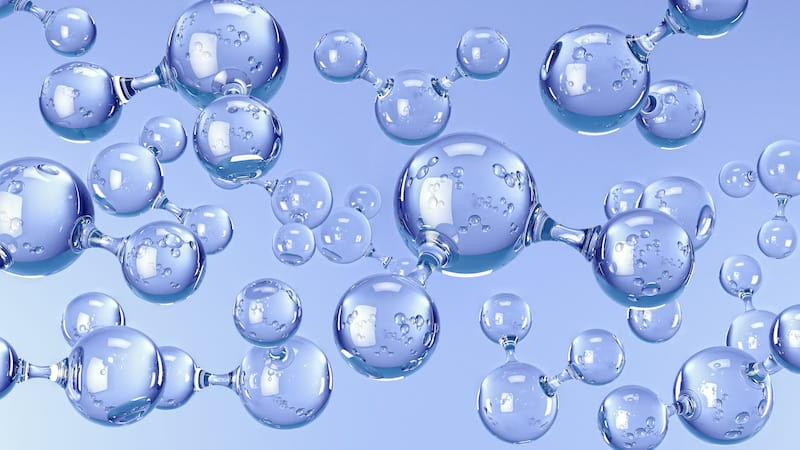Session Coach, Rachel Porter, Shares the Red Light Love
- osteostrongmissoul
- Jan 23, 2024
- 3 min read
Updated: Apr 1, 2024
By Rachel Porter, Missoula OsteoStrong Session Coach

Session Coach, Rachel Porter, is in the Integrated Physiology Program at the University of Montana. When Rachel came to OsteoStrong this summer, she was beginning her recovery from a knee surgery and began using redlight therapy in the center. Rachel stated,“ the impact of red light therapy on the healing of my knee was eye-opening. It expedited my recovery incredibly and I am excited to have this therapy available for OsteoStrong members and my future patients.” In this month’s feature, Rachel “shares the red light love” with an academic piece she wrote on this amazing technology.

Red light therapy is a non-invasive treatment that uses red and near-infrared light to stimulate various beneficial effects in the body. When red light is absorbed by the cells, it promotes the production of ATP, which is the energy source for cellular functions. This increased energy production has several positive effects on eye health, bone density, muscle recovery, pain relief, and mood enhancement. Red light therapy has been found to improve vision, strengthen bones, accelerate muscle healing, reduce pain and inflammation, and boost mood by increasing serotonin levels. Its non-invasive nature and wide range of benefits make it a popular choice for improving overall well-being.

How does red light improve bone density and bone health?
Studies have shown that red light therapy can increase the activity of osteoblasts, leading to increased bone mineral density. This is particularly beneficial for individuals with conditions such as osteoporosis. Red light therapy can help improve bone density and reduce the risk of fractures by promoting bone formation and remodeling. Furthermore, red light therapy has been found to have anti-inflammatory effects, which can also contribute to better bone health. Chronic inflammation can negatively impact bone health and increase the risk of bone loss. By reducing inflammation, red light therapy helps create a favorable environment for bone growth and maintenance.
The thyroid gland plays a crucial role in maintaining or improving bone health. If the thyroid gland is producing too much (hyperthyroidism) or too little hormones (hypothyroidism) it can result in an increase or decrease in bone turnover. Thus, increasing the risk of acquiring osteoporosis/osteopenia. The use of red light therapy improves the overall function of the thyroid. This is done by increasing ATP (adenosine triphosphate), enhancing circulation, and by reducing stress.
How does red light help with muscle recovery?
The energy source for muscle cells, known as ATP, is stimulated with the use of red light. This increased ATP production helps to accelerate the healing process and reduce inflammation in the muscles. Red light therapy also promotes blood circulation, delivering oxygen and nutrients to the muscles, which aids in the repair and recovery process. Additionally, red light therapy has been found to decrease oxidative stress and improve mitochondrial function in muscle cells, further enhancing muscle recovery and reducing fatigue.
How does red light alleviate pain?
Red light therapy has been found to have analgesic (pain-relieving) effects, making it a promising treatment for alleviating pain. It stimulates the release of endorphins, which are natural painkillers produced by the body. These endorphins help to block pain signals and reduce the perception of pain. In addition, red light therapy has been shown to reduce inflammation and swelling, which can contribute to pain relief. By promoting blood circulation and enhancing cellular metabolism, red light therapy helps to accelerate the healing process and reduce pain associated with various conditions, such as arthritis, muscle strains, and joint pain.
How does red light boost mood?
Red light therapy has been found to have mood-boosting effects, making it a potential treatment for improving mental well-being. When red light wavelengths are applied to the skin, they stimulate the production of serotonin, a neurotransmitter that plays a key role in regulating mood. Serotonin is often referred to as the "feel-good" hormone, as it helps to promote feelings of happiness and well-being. By increasing serotonin levels, red light therapy can help to alleviate symptoms of depression and anxiety, improve mood, and enhance overall mental wellness. Additionally, red light therapy has been shown to increase the production of endorphins, which are natural painkillers and mood enhancers. The combination of increased serotonin and endorphin levels can have a positive impact on mood, reducing feelings of stress and promoting a sense of relaxation and contentment.
Red light therapy is available at Missoula OsteoStrong in both the red light room (full body) and the bio stack (facial red light) that can be done at the same time as PEMF and compression therapy. Ask your session coach if you have questions about how red light therapy could help your health goals!





